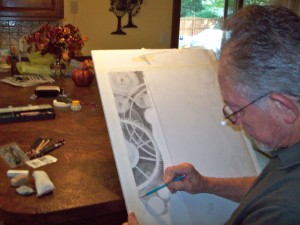
The word drawing seems to be one that most professionals and students use freely, but which no two ever seem to use in quite the same way. Drawing is a subject to be learned, practiced and understood. With drawing, whether in loose sketches or finished works, an artist learns to concentrate on the important; such as form, value and perspective.
There are many valuable books, videos, art classes and other means for a graphite artist to learn their trade. Below are just a few tips that we hope will help you. The most important thing an artist can do in any medium is consistently work at it.
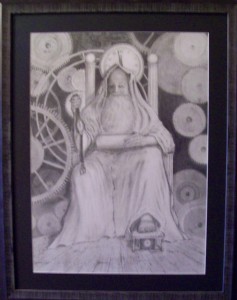
Tip#1: Before attempting to do a graphite drawing that you wish to be an acceptable and completed work of art, do several studies that may or may not wind up being in the finished work.
For the depiction of “Father Time”, Mr. Burton did more than thirty different sketches and studies for the completion of his 18″X24″ graphite drawing, Grinding Gears of Time.
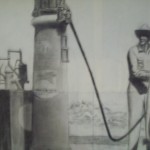
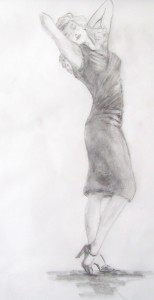
Tip#2 : When drawing a figure, it is important to relieve that “static” feeling. Give them a sense of “life” by putting weight on one leg, twist the torso, tip and turn the head, or allow the figure to lean upon or be supported by something or someone. Unless the composition requires it, do not have the face and eyes looking straight.
Tip#3: An artist that truly enjoys drawing should never avoid something which looks difficult or seek to solve a drawing problem by lowering their standards by doing it with acceptable and conventional methods.
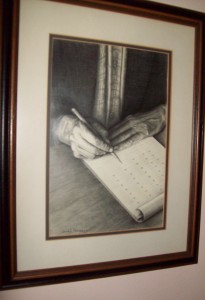
Tip#4: When you are drawing or painting hands into your picture, it is important to remember that hands help define a figure’s character almost more than anything else. They can speak pages about a person’s life and age, almost as much as the face. Be sure to always leave a little flesh around the fingernails.
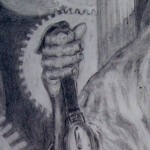
Portrayal of hands can sometimes make or break a piece of artwork. Practice, practice, practice!
Tip#5: For an artist to concentrate on drawing alone, may be less than wise, because some of the other skills may tend to atrophy. Many use graphite drawings to plan their future paintings. Some use loose sketches, others do complete and detailed drawings. Below is a graphite study for one of Mr. Burton’s future watercolor.

